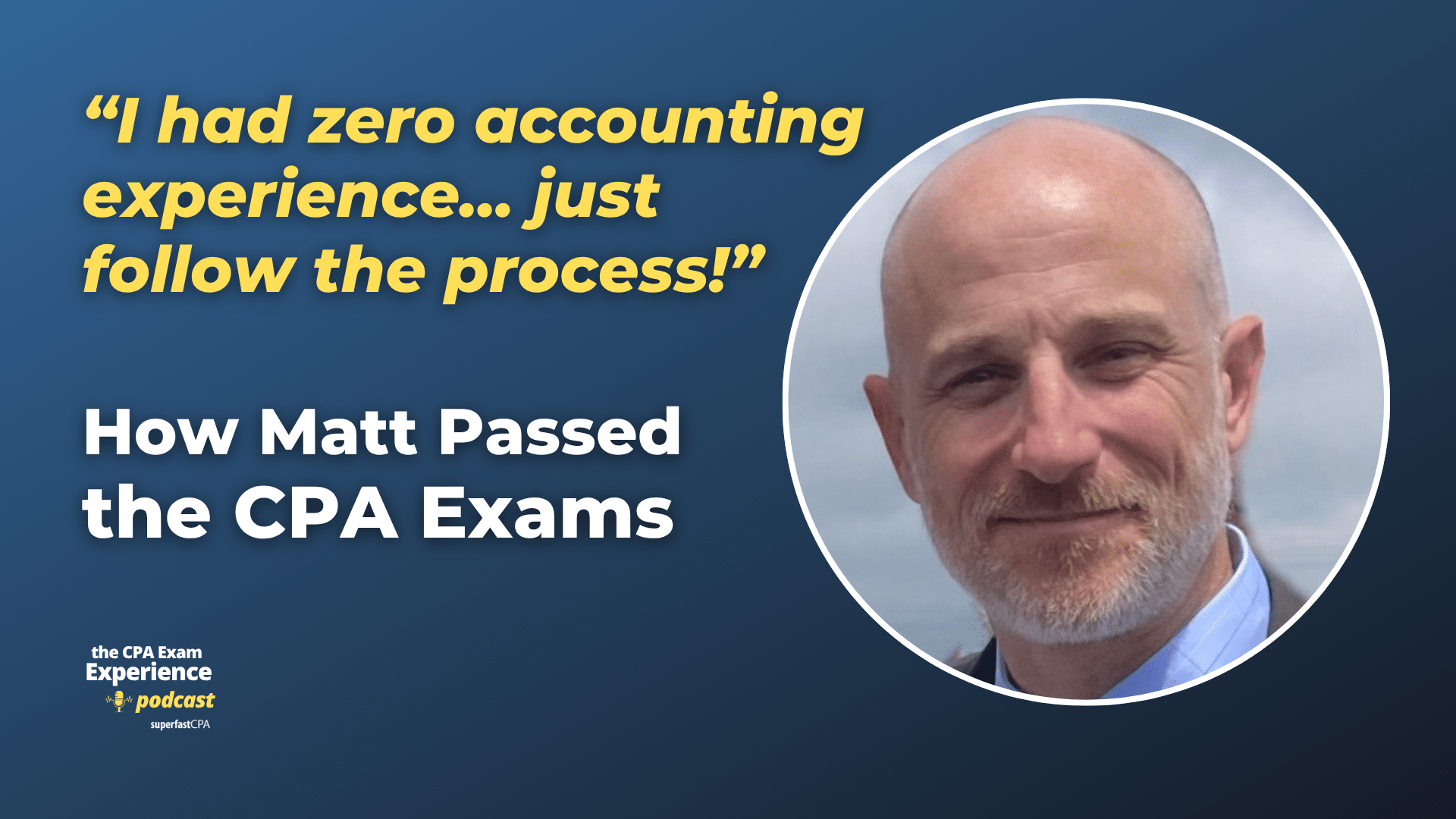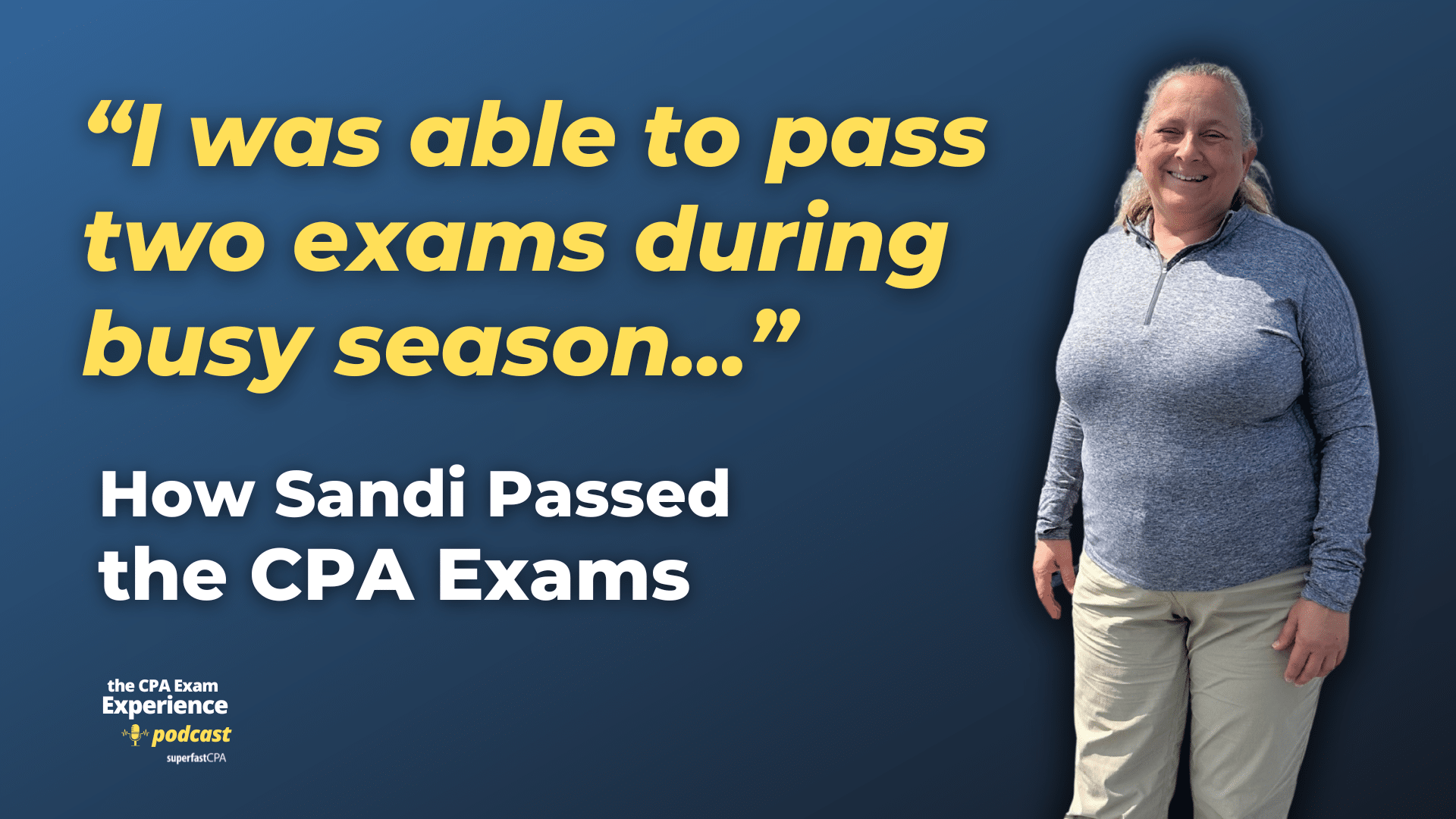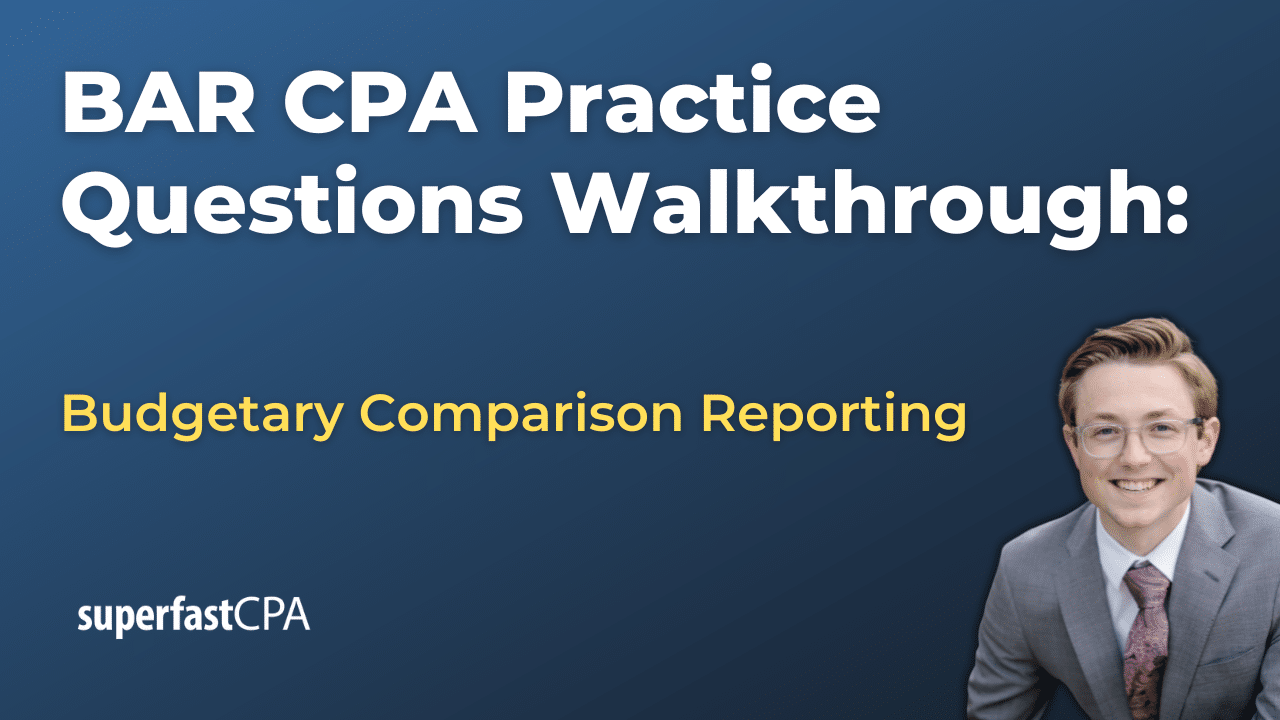LIFO Conformity Rule
The Last-In, First-Out (LIFO) conformity rule is a tax regulation in the United States that stipulates that if a company uses the LIFO method to calculate inventory for tax purposes, it must also use LIFO for financial reporting purposes.
The LIFO method of inventory accounting assumes that the last items purchased (the newest inventory) are the first ones to be sold, and the older inventory items remain in inventory. This method can result in a lower taxable income during periods of inflation because the cost of goods sold (COGS) is higher compared to other inventory costing methods such as First-In, First-Out (FIFO).
The Internal Revenue Code Section 472(c) stipulates this conformity rule, which is also known as the LIFO consistency rule. This rule is designed to prevent companies from reporting higher profits to shareholders (by using FIFO or Average Cost on their financial statements) while also reporting lower profits to the Internal Revenue Service (by using LIFO on their tax returns) to minimize their tax liability.
It’s important to note that if a company in the U.S. decides to switch from another inventory method to LIFO for tax reporting, it must also switch to LIFO in its financial statements. Moreover, once a company adopts the LIFO method for tax purposes, it’s generally difficult to switch back to another method without IRS approval.
Example of the LIFO Conformity Rule
let’s take an example of a company that sells widgets and assume that the price of widgets has been steadily increasing due to inflation.
The company bought 100 widgets for $10 each at the beginning of the year (a total of $1,000) and another 100 widgets for $20 each in the middle of the year (a total of $2,000). Then, it sold 150 widgets throughout the year.
Without the LIFO conformity rule
For its financial reporting to investors, the company could use the First-In, First-Out (FIFO) method. Under FIFO, the company would assume that it sold the widgets it bought first, so the cost of goods sold (COGS) would be:
- 100 widgets at $10 each = $1,000
- 50 widgets at $20 each = $1,000
Total COGS using FIFO = $2,000
But for tax reporting, the company could choose to use the Last-In, First-Out (LIFO) method. Under LIFO, it would assume that it sold the widgets it bought last. The COGS would be:
- 100 widgets at $20 each = $2,000
- 50 widgets at $10 each = $500
Total COGS using LIFO = $2,500
The higher COGS under LIFO would result in lower taxable income, and therefore less tax paid.
With the LIFO conformity rule
However, the LIFO conformity rule states that if a company uses LIFO for tax purposes, it must also use LIFO for financial reporting. So, in this case, the company would have to report a COGS of $2,500 in both its financial statements and its tax returns.
This rule prevents companies from reporting lower costs and higher profits to shareholders while simultaneously reporting higher costs and lower profits to tax authorities. The rule, therefore, ensures consistency between a company’s financial statements and its tax returns.









